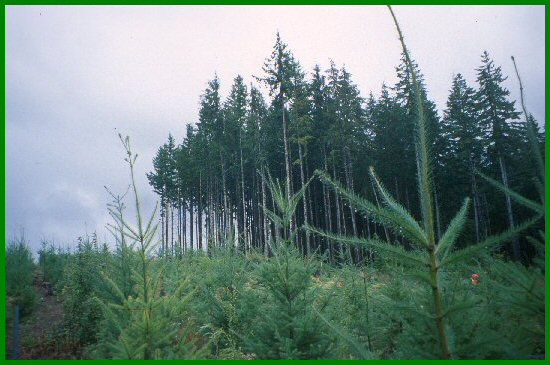Sound management decisions that consider a balance of financial, social and environmental outcomes demand accurate predictions of tree, stand, and ecosystem responses to silvicultural activities. Because investment decisions are made in the context of all stand developmental stages and entire ownerships, effective stand and treatment priorities depend on the relative response to silvicultural treatments that could be applied to a wide array of stands at different developmental stages. Much progress has been made regionally in quantifying stand responses to alternative treatments at the same developmental stage, but less progress has been made on understanding the interaction of treatments applied at widely different stages, including the extent to which responses to late treatments depend on implementation of earlier treatments. A strong consensus has therefore emerged among industrial forest land owners and land managing agencies that to remain competitive in the global economy, achieve financial targets demanded by their owners, and protect the health and sustainability of the forest resource, a comprehensive approach to cooperative silvicultural research is required. It must be long-term, integrative, collaborative, and broad in scope, and it must consider the social and economic context of intensive silviculture.
